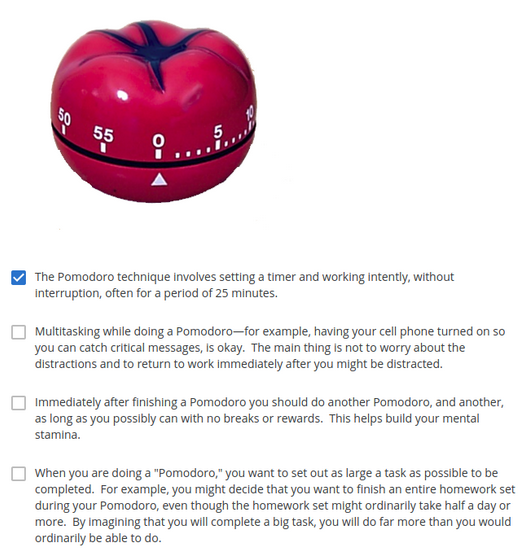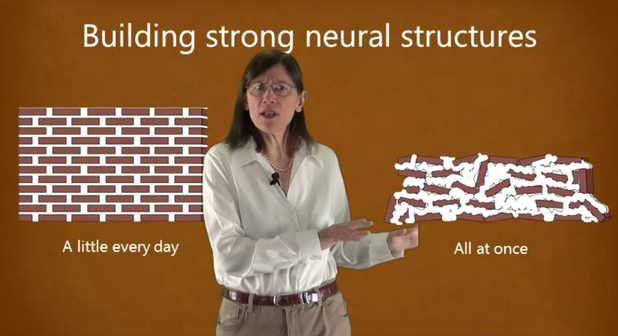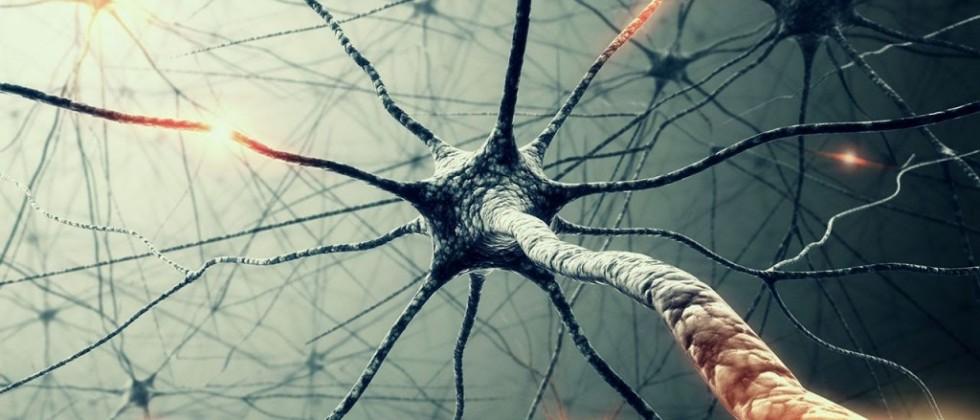Take it Slow
1 A Procrastination Preview

Everybody has some issues with procrastination. Because if you're working on something, it means you're not working on a lot of other things.
Zombie tube - you are happier.
Difficult things - pain.. When you think about something you would rather not do - you activate the areas of your brain that are associated wiht pain. Your brain, naturally enough looks for ways to stop that stimulation by switching your attention to something else. Oh poor little brain is in pain :( . Neural discomfort disappears when you start working on the actual task. Poor little baby brain gets tricked and starts to like the activity.
Reward when you are done pomodoro - allow the brain to change its focus for a little bit. Mental workout followed with a mental relaxation.

Arvydas default option, all the time - 3. Building mental stamina…
2 Practice Makes Permanent
Girl hated math her whole young life through school - now she is an engineering professor. Started studying math at 26 when he got out of the military! You go girl!!!! At first it was reaaaaly hard. Would take a break and go work on some russian project stuff, then would get back and get a better job opportunity because of her new
Wasn't natural in maths and science.
Math and terms are more abstract. That's why it's trickier to grasp it. IMPORTANT TO PRACTICE strengthen the neural connections.
Neurons are linked together through repeated use. The more abstract the subject is, the more important it is to practice it to bring those ideas into reality. Even if the ideas are abstract, the things you build (neurons) are real.

All at once, learning by cramming, your knowledge base will look more like this me before this course ffs. All in a jumble with everything confused, a poor foundation.
Study hard, take a break, look at smth else, change your
Your neural mortar will have a chance to dry. Brains diffuse mode has a chance to work in the background.
First the pathways are not as strong, then a bit stronger and as you practice, you don't need help to solve a particular problem, you did some projects and all yourselfl - you will make a strong pattern.
BLEM. 10min learn - 10min study.
Pomodoro - building neural patterns you need to be more successful in learning more challenging materials. Prevents tasks becoming OPEN ended. Very important.
3 Introduction to Memory

Working memory - like not very good blackboard - what you immediately focus on fits into one of 4 chunks/slots. Things can fall out of those slots unless we keep repeating them to hold them in mind. Grouping the
Keep repeating something to keep it in your memory.
Nice Just like the phone number. Shutting your eyes to close other types of information to disturb you.
Long term memory - storage warehouse. info stored into different parts of the brain. Repeat so it's easier to get to
Make a path like a road.
Working to long term memory spaced repetition. Space the info over a certain day. 20 times one evening - not effective. 20 times over a week - better pathways, easier to recall the information. Like trying to build muscles all in one day.
There is no time for solid structures to grow.
Research has swon that if you try to glue things into your memory by repeating something twenty times in one evening, for example, it won't stick nearly as well as if you practice it the same number of times over several days.
Repetition is needed so your metabolic vampires – Natural dissipating processes – don't suck the memories away.
4 Time for the mortar to dry

Option 2 used to be the default all these years.
